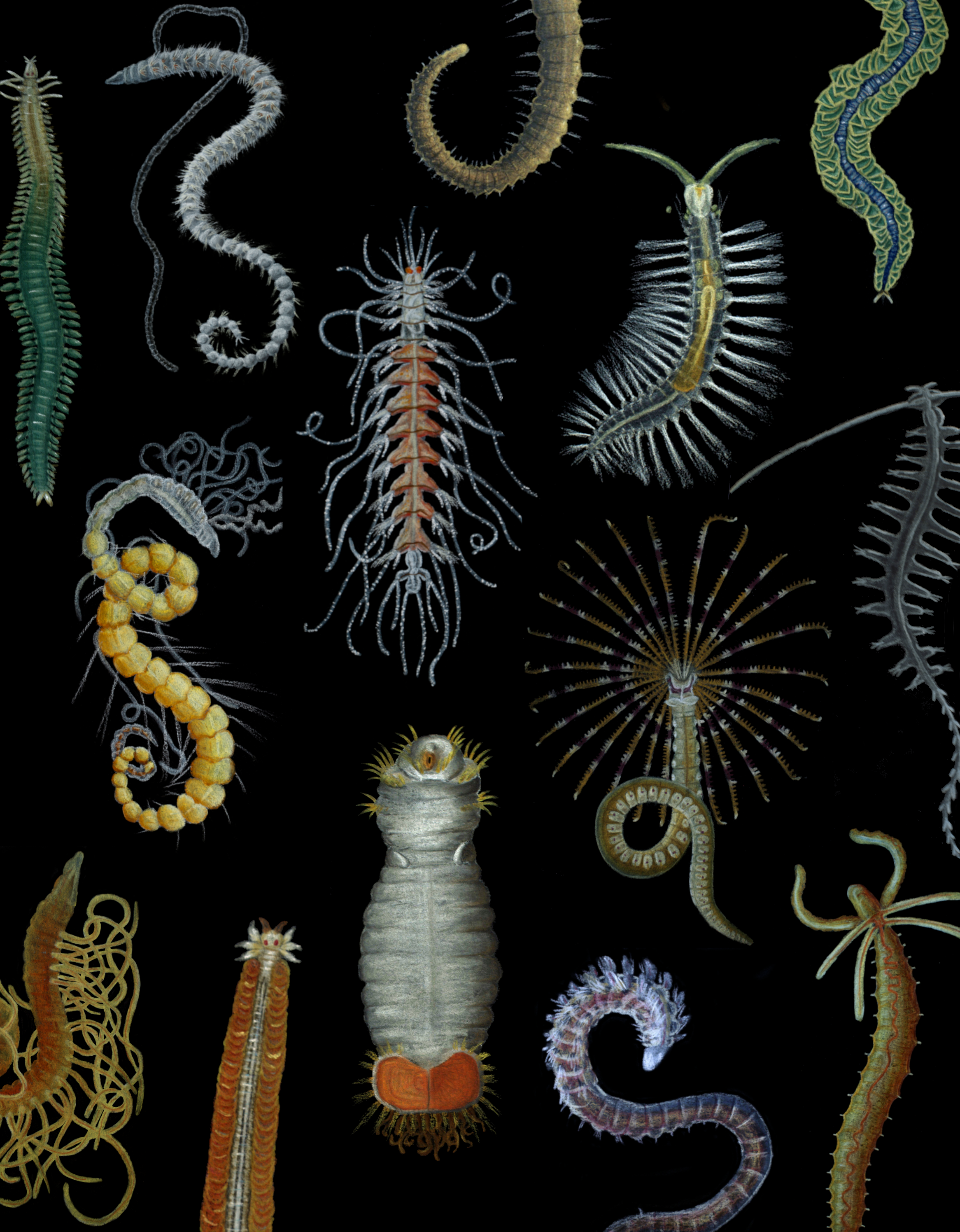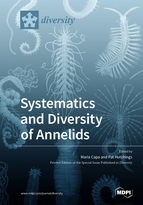Systematics and Diversity of Annelids
A special issue of Diversity (ISSN 1424-2818). This special issue belongs to the section "Animal Diversity".
Deadline for manuscript submissions: closed (30 October 2020) | Viewed by 102053
Special Issue Editors
Interests: systematics; phylogenetics; taxonomy; evolutionary biology; phylogeography; annelida; marine invertebrates; species delimitation; invasive species; sensory organs; conservation
Special Issue Information
Dear Colleagues,

Annelida is a diverse and abundant group of invertebrates that populate all habitats on Earth, from the highest mountains to the abyssal depths. The origin of all extant annelids remains unsettled, but annelid-like fossils have been dated back to the Cambrian and genomic and transcriptomic studies have been key in placing them within Spiralia and relating them to molluscs, brachiopods, nemerteans and phoronids. The enormous disparity of forms, life styles and adaption to different environments, most of which occurred in a short period of time, have hindered relationships within Annelida. However, in the last couple of decades, the monophyly of most families has been assessed and, in some cases, the internal classification has been reviewed. Approximately 20,000 species have been described to date; however, this number is increasing rapidly with the exploration of unsurveyed biogeographical regions, habitats, and depths and also with the new techniques in sampling, identifying, and analysing biodiversity. Special consideration needs to be given to the use of molecular data that allow for distinction between similarly looking, or identical, entities, as well as to invasive species.
For this Special Issue, we invite submissions that address the state-of-the-art of the systematics of the main annelid groups and the improvements in the diversity they hold, with special emphasis on latest discoveries after revision of faunas of well-studied areas, expeditions to unsurveyed areas or environments, or the use of novel techniques that allow for the improvement of biodiversity knowledge.
This Special Issue of "Systematics and Biodiversity of Annelids" will provide a platform facilitating a review of current knowledge on the subject, identify the current research problems, as well as indicate directions and research trends for the future.
Dr. Maria Capa
Dr. Pat Hutchings
Guest Editors
Manuscript Submission Information
Manuscripts should be submitted online at www.mdpi.com by registering and logging in to this website. Once you are registered, click here to go to the submission form. Manuscripts can be submitted until the deadline. All submissions that pass pre-check are peer-reviewed. Accepted papers will be published continuously in the journal (as soon as accepted) and will be listed together on the special issue website. Research articles, review articles as well as short communications are invited. For planned papers, a title and short abstract (about 100 words) can be sent to the Editorial Office for announcement on this website.
Submitted manuscripts should not have been published previously, nor be under consideration for publication elsewhere (except conference proceedings papers). All manuscripts are thoroughly refereed through a single-blind peer-review process. A guide for authors and other relevant information for submission of manuscripts is available on the Instructions for Authors page. Diversity is an international peer-reviewed open access monthly journal published by MDPI.
Please visit the Instructions for Authors page before submitting a manuscript. The Article Processing Charge (APC) for publication in this open access journal is 2600 CHF (Swiss Francs). Submitted papers should be well formatted and use good English. Authors may use MDPI's English editing service prior to publication or during author revisions.
Keywords
- Annelids
- Biology
- Ecology
- Systematics
- Phylogeny (morphological and molecular)
- Evolution and diversification
- Biodiversity
- Biogeography







